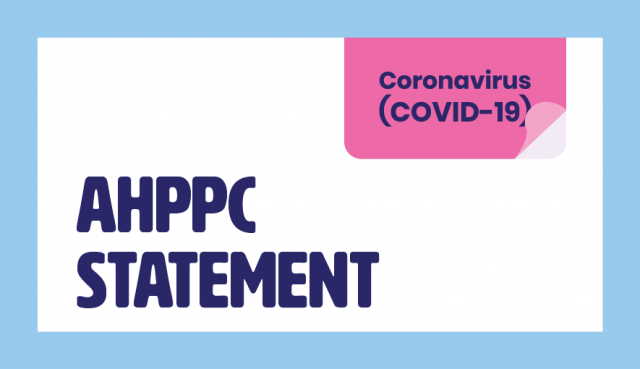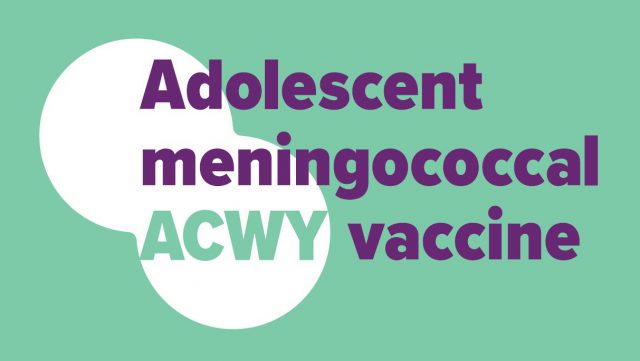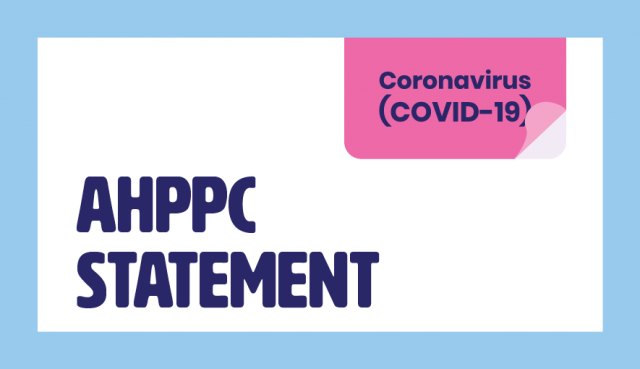Date published:
15 February 2016
Intended audience:
General public
National immunisation coverage is the percentage of children in Australia who have received all the vaccines recommended for their age. Coverage data is reported using data from National Immunisation Registers. A national immunisation coverage target provides a goal against which Australia can measure its immunisation coverage. The Global Vaccine Action Plan 2011-2020 encourages countries to demonstrate a commitment to immunisation by setting ambitious but attainable national targets.1
Vaccination provides a direct benefit to the individuals who are vaccinated. When there is high vaccine coverage there is less disease circulating and unvaccinated people also benefit from indirect protection. This includes children too young to be vaccinated, those unable to be vaccinated for a range of valid medical reasons and those for whom vaccination has not been fully effective. When a critical proportion of the community is immunised to prevent the spread of the disease this is known as “herd immunity”.
The disease which requires the highest level of vaccine coverage to achieve herd immunity is measles as it is highly infectious. It is estimated that coverage of 92% to 94% is required for herd immunity from this virus.2 For this reason the national aspirational immunisation coverage target has been set at 95%. This target provides sufficient herd immunity to prevent transmission of other vaccine preventable diseases and supports Australia’s contribution to achieving measles elimination in the Western Pacific Region.
References:
- Global Vaccine Action Plan 2011-2020.
- Fine P Mulholland K. Ch 71: Community Immunity. In: Plotkin S, Orenstein W, Offit P (editors). Vaccines. 6th ed. China: Elsevier Saunders; 2013.



